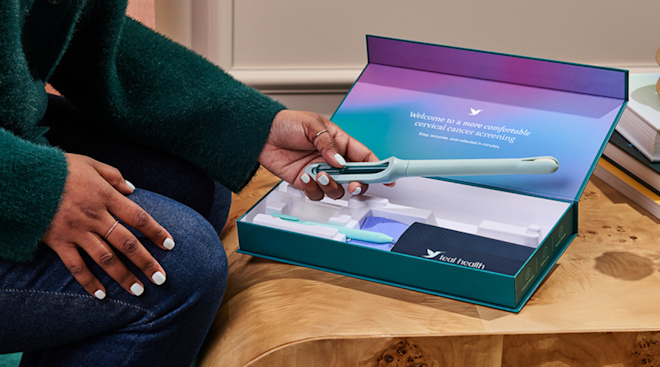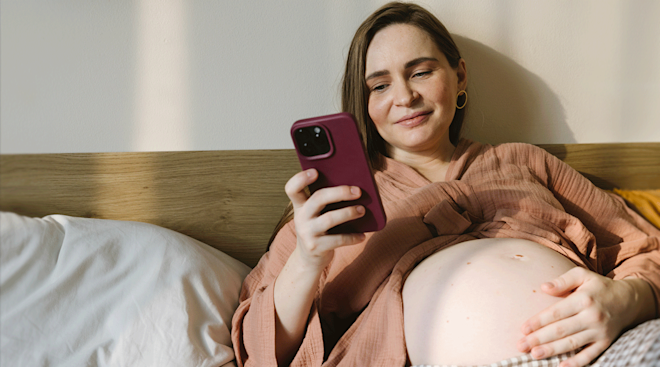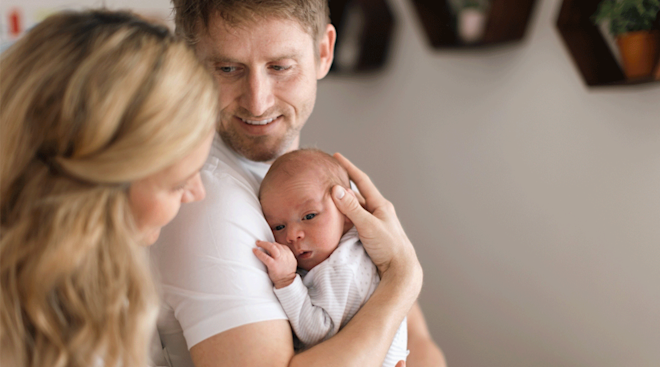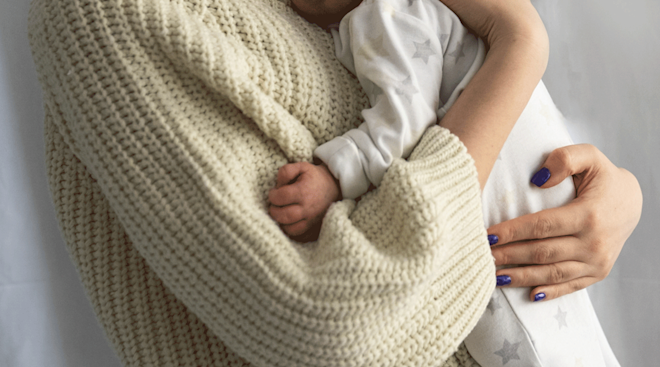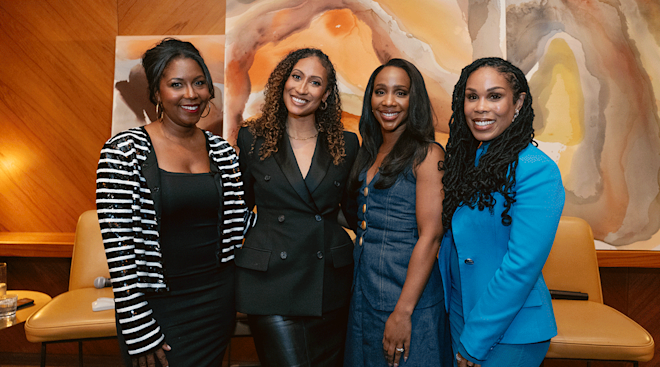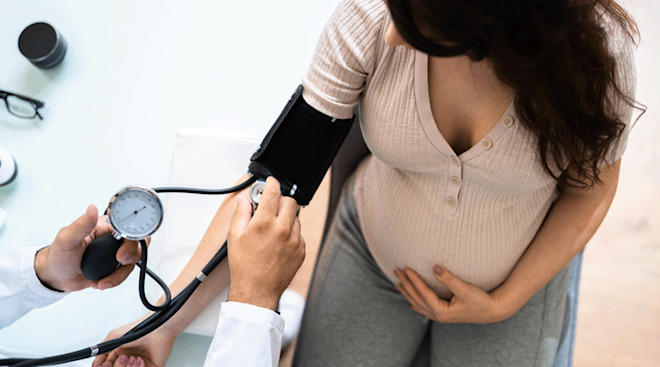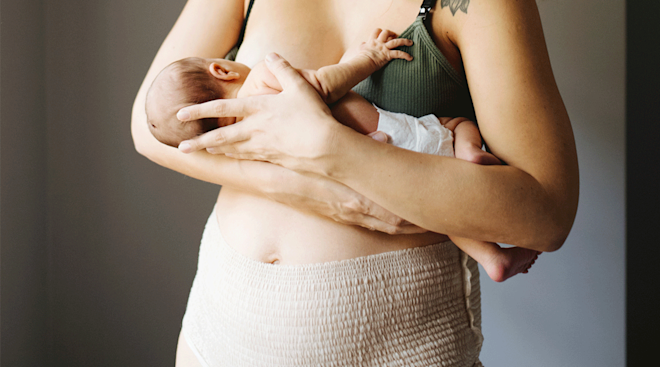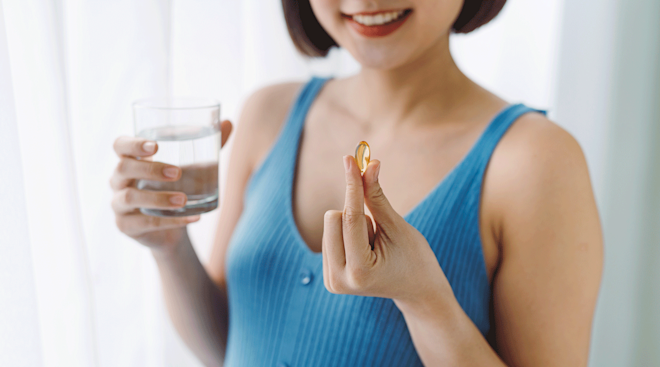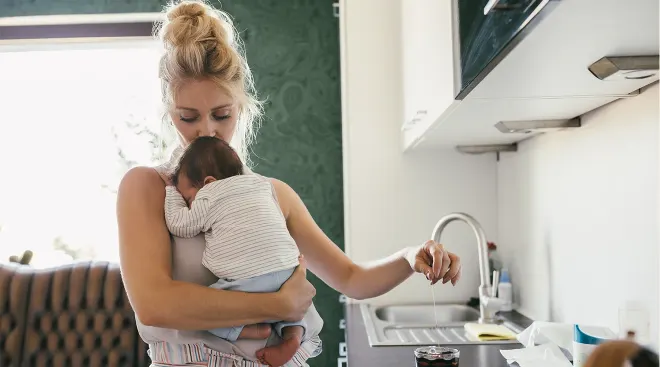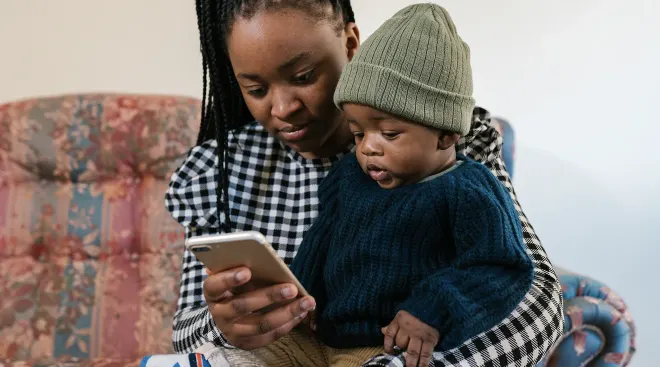Doctors Use First-of-Its-Kind Gene-Editing to Save Baby’s Life
In a world-first, researchers have successfully used a custom gene-editing treatment to correct a deadly genetic mutation. The procedure, developed in record time, targeted a single incorrect DNA letter in a child’s genome using a technique known as base editing, a precise and powerful offshoot of CRISPR technology.
While gene editing has been used in clinical trials for conditions like sickle cell disease, this is the first time it’s been personalized, infused intravenously and used to treat a baby. The best part? Doctors say this treatment doesn’t just offer hope for one family, it opens the door to treating the more than 30 million Americans who have rare genetic diseases more quickly, affordably and effectively than ever before.
A Rare Diagnosis and a Personal Solution
When baby boy KJ, was diagnosed at just one week old with CPS1 deficiency, his parents Kyle and Nicole Muldoon were given a grim look at the future. A rare genetic disorder that prevents the body from removing ammonia, the Muldoons were told that without intervention, ammonia would quickly build up in their son’s brain, causing severe damage or death. Half of babies with this diagnosis die within their first week.
But while KJ was offered comfort care, his parents chose to fight and researchers at Children’s Hospital of Philadelphia rose to the challenge. With help from Harvard scientists and years of federally funded groundwork, they built a gene editor specifically for KJ’s mutation and delivered it straight to his liver in February 2025.
How the Treatment Works
The gene-editing solution was packaged in lipid nanoparticles—fatty bubbles designed to protect it in the bloodstream—and deliver it directly to liver cells. Once inside, the therapy instructed the cells to produce an enzyme capable of editing KJ’s DNA, guided by a custom-built CRISPR tool, or molecular GPS, that located the exact faulty letter in his genome and corrected it.
Just two weeks after the infusion, KJ was able to eat as much protein as a healthy baby (with the help of some medicine) a previously dangerous prospect. Over the next two months, he received two additional doses to correct more faulty DNA and help decrease the medication he would need to process ammonia. While it’s too soon to know whether KJ will avoid long-term complications or a liver transplant, his progress already defies the odds. Today, at 9½ months old, he’s gaining weight, hitting milestones and preparing to leave the hospital for the first time.
A New Model for Treating Rare Disease
What makes KJ’s treatment even more revolutionary is its speed. The entire therapy, from identifying the mutation to editing the DNA, was developed in less than a year. Most gene therapies take over a decade to reach patients. This accelerated timeline, researchers say, proves it’s possible to respond rapidly and personally to life-threatening diagnoses.
And because the underlying platform can be reused, with only the “GPS coordinates” for each mutation needing to be changed, it’s possibly that this model will radically reduce costs and timelines for developing treatments for other genetic conditions from sickle cell disease to cystic fibrosis, Huntington’s disease and muscular dystrophy. “This is one of the most potentially transformational technologies out there,” Peter Marks, MD, who oversaw gene-therapy regulation at the Food and Drug Adminstration, wrote in an editorial alongside the research.
Built on Decades of Public Funding
Scientists behind the breakthrough were quick to credit federal funding for every step that made KJ’s treatment possible: from early CRISPR research to genome mapping and the specific understanding of CPS1 deficiency. Public investment also funded the labs that developed the editing technology and the clinical infrastructure needed to safely deliver it.
“This result is a triumph for the American people’s investment in biomedical research,” one of the researchers, Fyodor Urnov, PhD, told the New York Times. “I don’t think this could have happened in any country other than the US.”
Many experts believe this groundbreaking medical research is under threat. With cuts to National Institutes of Health programs, [college grants](https://news.harvard.edu/gazette/story/2025/04/how-halt-in-funding-hurts-efforts-to-ensure-safety-of-patients-in-medical-research/ and research funds across the board, the very resources that made KJ’s treatment possible—and other treatments like it—could be in jeopardy.
For now, though, KJ’s case offers powerful proof that advanced gene therapy and personalized medicine is no longer a far-off dream. It’s here and it has the potential to reshape how we treat even most devastating childhood diagnoses, ensuring every family gets a chance at a bright future.
Please note: The Bump and the materials and information it contains are not intended to, and do not constitute, medical or other health advice or diagnosis and should not be used as such. You should always consult with a qualified physician or health professional about your specific circumstances.
Navigate forward to interact with the calendar and select a date. Press the question mark key to get the keyboard shortcuts for changing dates.



































